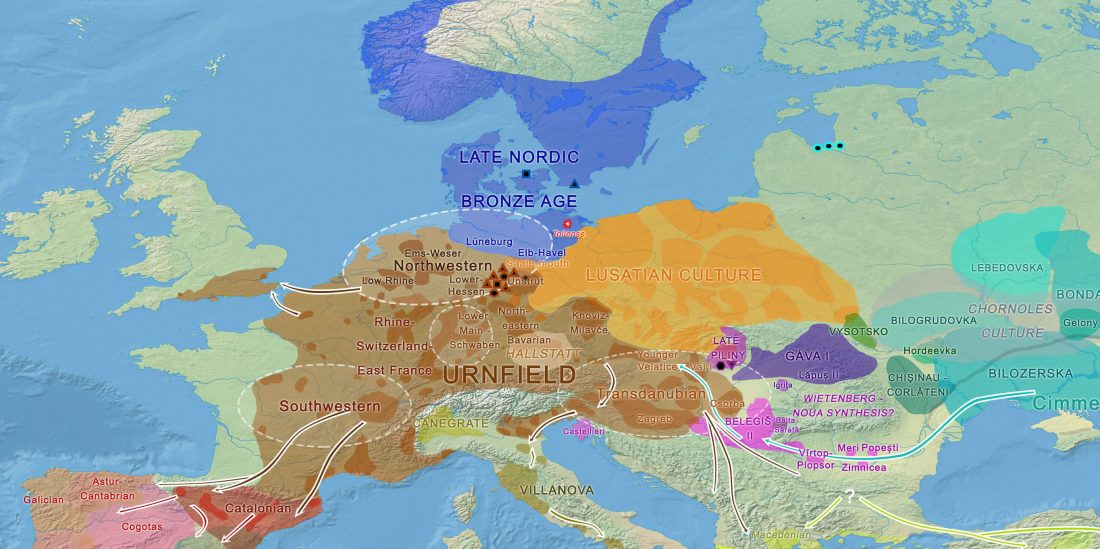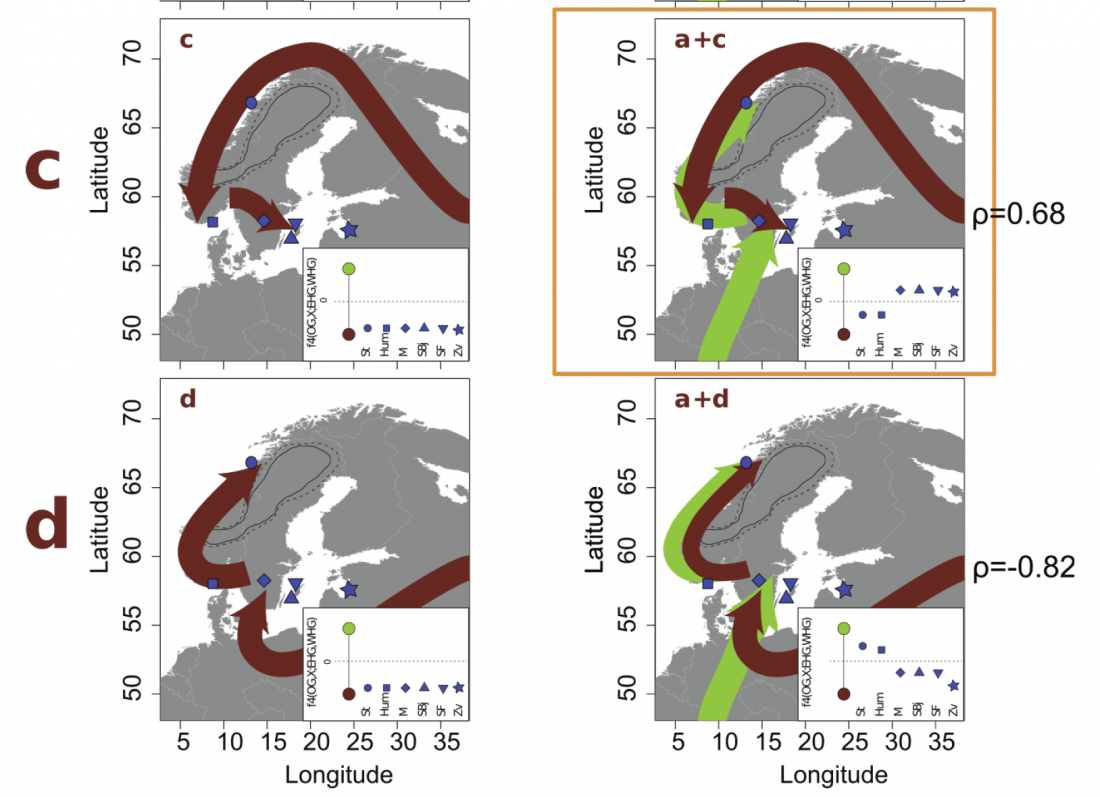An early Bronze Age causeway in the Tollense Valley, Mecklenburg-Western Pomerania – The starting point of a violent conflict 3300 years ago?, by Jantzen et al. (BERICHT RGK 95, 2014).
Excerpt (emphasis mine):
… Read the rest “The significance of the Tollense Valley in Bronze Age North-East Germany”The causeway in the Tollense Valley, built of timber, stones, turf and sand, and documented over a length of more than 100 m, represents a unique finding from northern Germany. For the first time, part of a Bronze Age network of land routes could be made visible in the southern Baltic area.
Together with the other evidence, the archaeological remains suggest the construction of elaborate trackways


